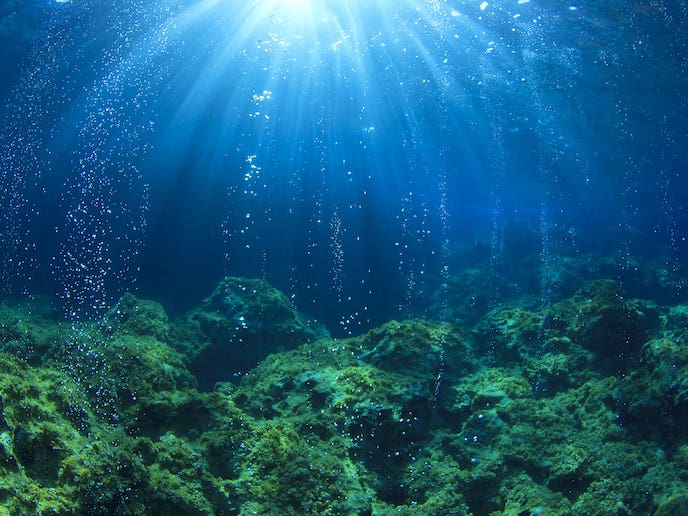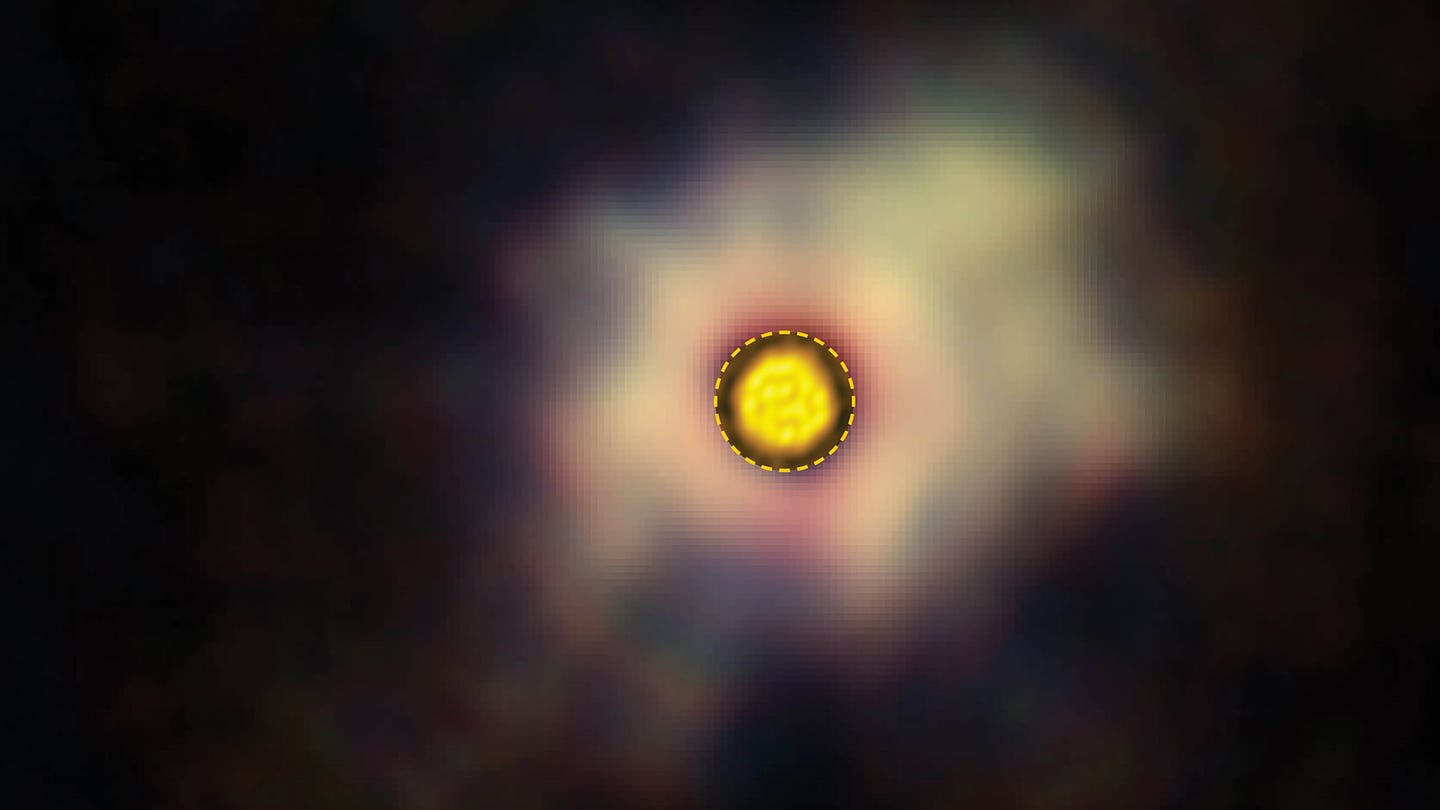Ocean-floor minerals can produce oxygen, study finds
Researchers have discovered that metallic minerals on the deep-ocean floor produce oxygen 13,000 feet below the surface, which challenges the long-held belief that only photosynthetic organisms generate oxygen

Oxygen can also be produced at the seafloor, where no light penetrates, supporting aerobic sea life living in complete darkness. (CREDIT: Creative Commons)
An international team, including a Northwestern University chemist, has discovered that metallic minerals on the deep-ocean floor produce oxygen 13,000 feet below the surface. This surprising find challenges the long-held belief that only photosynthetic organisms like plants and algae generate Earth's oxygen. Instead, oxygen can also be produced at the seafloor, where no light penetrates, supporting aerobic sea life living in complete darkness.
The study, set to be published in Nature Geoscience, was led by Andrew Sweetman of the Scottish Association for Marine Science (SAMS) and Franz Geiger from Northwestern University. Sweetman discovered the "dark oxygen" while conducting fieldwork in the Pacific Ocean, and Geiger led the electrochemistry experiments that potentially explain the finding.
"For aerobic life to begin on the planet, there had to be oxygen, and our understanding has been that Earth's oxygen supply began with photosynthetic organisms," Sweetman explained. "But we now know that oxygen is produced in the deep sea, where there is no light. We need to revisit questions like: Where could aerobic life have begun?"
At the heart of this discovery are polymetallic nodules, natural mineral deposits on the ocean floor. These nodules contain metals such as cobalt, nickel, copper, lithium, and manganese, all critical elements used in batteries.
"Several large-scale mining companies aim to extract these precious elements from the seafloor at depths of 10,000 to 20,000 feet below the surface," Geiger said. "We need to rethink how to mine these materials to avoid depleting the oxygen source for deep-sea life."
Related Stories
Sweetman made the discovery while sampling the seabed of the Clarion-Clipperton Zone, a mountainous submarine ridge in the northeast Pacific Ocean. Initially, when his team detected oxygen, they assumed the equipment was faulty.
"When we first got this data, we thought the sensors were faulty because every study ever done in the deep sea has only seen oxygen being consumed rather than produced," Sweetman said. "Over the course of 10 years, these strange oxygen readings kept showing up. When both methods we used came back with the same result, we knew we were onto something ground-breaking."
In the summer of 2023, Sweetman contacted Geiger to discuss possible explanations. Geiger had previously found that rust combined with saltwater could generate electricity. They wondered if the deep-ocean's polymetallic nodules could generate enough electricity to produce oxygen. This chemical reaction, seawater electrolysis, pulls electrons out of water's oxygen atom.
To investigate, Sweetman shipped several pounds of polymetallic nodules to Geiger's lab at Northwestern. During Sweetman's visit to the lab in December, they discovered that just 1.5 volts—equivalent to a typical AA battery—could split seawater. The team recorded voltages of up to 0.95 volts on the surface of single nodules, and when multiple nodules clustered together, the voltage was even higher.
"It appears that we discovered a natural 'geobattery,'" Geiger said. "These geobatteries are the basis for a possible explanation of the ocean's dark oxygen production."
The researchers agree that the mining industry should consider this discovery before planning deep-sea mining activities. According to Geiger, the total mass of polymetallic nodules in the Clarion-Clipperton Zone alone could meet global energy demand for decades. However, past mining efforts offer a cautionary tale.
"In 2016 and 2017, marine biologists visited sites mined in the 1980s and found not even bacteria had recovered," Geiger said. "In unmined regions, marine life flourished. This puts a major asterisk onto strategies for sea-floor mining, as ocean-floor faunal diversity in nodule-rich areas is higher than in the most diverse tropical rainforests."
The study, "Evidence of dark oxygen production at the abysmal seafloor," was supported by Nauru Ocean Resources Inc., a subsidiary of The Metals Company Inc.
Note: Materials provided above by The Brighter Side of News. Content may be edited for style and length.
Like these kind of feel good stories? Get The Brighter Side of News' newsletter.



